#AutonomousVehicles
Automated Cars Are Not Able to Use the Automated Car Wash
We’ve been cautiously optimistic about the progress of autonomous driving. The miraculous technology is there, but implementing it effectively is an arduous task of the highest order. A prime example of this is how easy it is to “blind” a self-driving vehicle’s sensors.
TTAC’s staff has had its share of minor misadventures with semi-autonomous driving aids, be it during encounters with thick fog or heavy snow, but truly self-driving cars have even more sensitive equipment on board — and all of it needs to function properly.
That makes even the simple task of washing a self-driving car far more complicated than one might expect, as anything other than meticulous hand washing a big no-no. Automated car washes could potentially dislodge expensive sensors, scratch them up, or leave behind soap residue or water spots that would affect a camera’s ability to see.
Uber Technologies Is Getting Awfully Chummy With Toyota
Uber CEO Dara Khosrowshahi says he expects the company to have its own autonomous cars within a year but, since the company doesn’t build cars, it needs to partner with one that does. Until now, the company has been in bed with Volvo Cars, previously stating its intention to purchase 24,000 self-driving XC90 SUVs from the brand between 2019 to 2021.
However, the relationship between the two firms isn’t exclusive or binding. That means Uber can still play the field, and may have already found a friend with benefits in Japan.
On Thursday, Khosrowshahi posted a photo on Twitter of himself laughing with Toyota Motor Corp. President Akio Toyoda and Executive VP Shigeki Tomoyama at the automaker’s headquarters. “Having fun with Akio-San and Tomoyama-San @ToyotaMotorCorp HQ,” he wrote. “Great discussions about growing our #autonomous partnership and lessons 4 me in building a great culture. And yep, those are Ichiro [Suzuki’s] bats.”
It seems Toyota could be the side piece Uber is looking for.
Please Stop: Toyota Design Head Envisions Future Without Mass-market Automobiles
It’s starting to feel like people in the automotive industry simply cannot help but blurt out ludicrous claims involving a hypothetical future nobody on the outside seems to care about. These people, in charge of the the automobile’s ultimate form, appear to be so singularly obsessed with the vague concept of “mobility” that they can’t imagine any other alternative.
This week’s example came from Simon Humphries, the new general manager of Toyota’s advanced R&D, who mused about a tomorrow that didn’t need mass-market models. However, we’re not satisfied to condemn the design chief. Media outlets deserve a share of the blame for promoting these concepts without much logical backing.
Hide and Seek: GM Seeks Patent for Vehicle-to-Pedestrian Communication
Here at TTAC, we sometimes offer up a story published by a sister publication after deciding it’s something worthy of your time. This piece, published by GMInsideNews, fits that bill. While the soulless autonomous future scares many of us, General Motors is working on a way to stop those driverless cars from plowing over each and every one of us. Read on.
General Motors continues to pour money and time into perfecting vehicle autonomy.
One of the integral themes of an autonomous driving future is communication. Vehicles will be required to rapidly and constantly talk to one another, relaying position, speed, and intent, with the same demands applying to our roadways and intersections — which will be expected to relay weather, traffic, and safety information in real time as vehicles approach.
Pedestrians, however, pose a unique problem. In busy cities, pedestrians and drivers routinely communicate nonverbally by making eye contact or gesticulating, but an autonomous vehicle doesn’t have that privilege. Its machine code is dependant on a series of binary questions it must ask itself in order to determine if the person is a threat, which — if affirmative — currently results in the car coming to a halt, which on occasion has caused a rear-end collision, or two.
Well, GM is working on a system in which autonomous vehicles will be capable of better understanding the motions of pedestrians by communicating with their Internet-connected devices, be it smart-phones, wearables, or perhaps even future advancements made towards transhumanism.
Waymo to Purchase 'Thousands' of Chrysler Pacificas for Self-driving Duty
Waymo, the self-driving division of Google’s parent company Alphabet, just announced it has reached a deal to purchase a buttload of Pacifica minivans from Fiat Chrysler Automobiles. Alright, to be fair, it didn’t actually use the term “buttload.” It said Chrysler would provide “thousands” of units, which will ultimately be outfitted for autonomous driving.
Unfortunately, neither company seems willing to disclose an official count. Waymo currently has around 600 self-driving Pacificas in its fleet, so even an extra thousand vehicles would equate to a multi-million dollar deal and the exponential growth of its autonomous development program.
“With the world’s first fleet of fully self-driving vehicles on the road, we’ve moved from research and development to operations and deployment,” Waymo CEO John Krafcik said in an official statement. “These additional vehicles will help us scale.”
Senate Fumbles With Self-driving Legislation
Bipartisan legislation to “promote the safe development of autonomous vehicles” is currently being held up by a trio of Democrats, according to U.S. Senate Commerce Committee Chairman John Thune. While much of Congress is hoping to push the AV START Act through, Sen. Dianne Feinstein and two colleagues have blocked unanimous consent — stalling the bill’s swift progress by forcing a floor vote.
Thune, who sponsors Senate Bill 1,885, told reporters he hoped Feinstein and the other Democrats would see the light. “We could save a lot of lives,” Thune said, adding that 94 percent of car crashes are caused by human error. “It is cutting-edge technology, transformational in terms of the economy.”
However, the opposition isn’t convinced autonomous vehicles are at a point where it’s safe to roll them out en masse on public roads.
Atlanta Becomes Next American City to Host Waymo's Autonomous Test Fleet
Waymo, the self-driving unit of Google parent Alphabet, is testing the crap out of its ever-growing fleet of autonomous Chrysler Pacificas. While we know the company has already mapped dozens of North American towns, the majority of its testing takes place around Austin, Detroit, Palo Alto, San Francisco, Seattle, and especially Phoenix.
However, today the company tweeted out that it will add Atlanta, Georgia, to that list. Presently, Arizona is the only region where Waymo routinely operates vehicles without a human behind the wheel. But that’s liable to change as the firm gets more testing under its belt. Atlantans may be leaning out of car windows to snap photos of driverless vans soon enough.
QOTD: What Terrifies You About a Self-driving Future?
The Consumer Electronics Show, now known just as CES, is currently in full swing, with legions of auto journos mingling in ever greater numbers with fawning members of the tech press, eagerly awaiting the latest gadget designed to move the proverbial steering wheel further and further from your hands.
To some, especially self-described urbanists who take startup manufacturer predictions seriously, the words “autonomous” and “self-driving” herald a bright future filled with convenience and relaxation; to others, it’s a portent of a dystopian nanny state where human-driven vehicles have disappeared from the streets, all in the interest of safety and responsibility to your fellow man. A future where there’s ever more limitations on personal autonomy, with private car ownership singled out as a particularly problematic pastime.
You can guess on which side of the fence this author falls.
Nissan, Renault, Mitsubishi Hunting for Robo-taxi Deals With Tech Companies
The alliance consisting of Nissan, Renault, and Mitsubishi Motors is currently searching for partners for a plunge into the robo-taxi business. While chairman Carlos Ghosn claims mobility will never replace traditional ownership, he acknowledges the need to explore other avenues to remain competitive.
“A lot of people think this is substitution. It’s not — it’s addition,” Ghosn said in November. “The traditional business of building cars and selling cars and owning cars is going to continue.”
However, the supplemental businesses aren’t going off half-cocked. Ogi Redzic, Alliance senior vice president, has said he’s personally overseeing about 1,000 employees tasked with developing connectivity services for the automotive group and intends to announce the partners for the new autonomous cab service in the coming months.
Determined to Look Cutting Edge, Toyota's Bringing Its Best Tech to CES
Wanting to remind the world that it’s not as far behind in the race toward autonomy as some have claimed, the Toyota Research Institute intends to bring a Lexus LS 600hL equipped with its 3.0 autonomous research platform to CES next week. Toyota introduced the platform 2.0 last March — the first autonomous testing platform developed entirely by TRI.
Since then, the automaker has focused heavily on machine vision and machine learning, leaning on all the popular sensing equipment currently synonymous with autonomous technologies. As the system was designed specifically to improve over time, version 3.0 uses a Luminar LIDAR system with a 200-meter sensor range that covers a 360-degree perimeter of the vehicle. The testbed Lexus is also equipped with shorter-range sensors, which are placed low on all four sides of the vehicle and are meant to spot low-level and smaller objects.
Time's Up: Tesla Missed the Deadline for Its Nationwide Autonomous Test Drive
While The Truth About Cars has occasionally been accused for having it in for Tesla, the honest-to-god-truth is that we just possess a severe aversion to unbridled hype. Autonomous cars have made a lot of progress in the last few years, but there’s something about the way manufacturers talk about them that makes us want to say, “Interesting, but we’ll believe it when we see it.”
Automakers love making grandiose claims and Tesla Motors’ Elon Musk may be the prince of hyperbolic statements and lofty promises. He should be commended for delivering on many of them. Still, though there have been many occasions where the other shoe dropped and it was our job to report it. We’re having to do that again, now that Tesla has missed its initial deadline to dazzle the world with an autonomous cross-country road trip.
Who's Really to Blame for Robot-Human Crashes? Are We Really Such Awful Drivers?
(In keeping with our promise to share thought-provoking fodder with our readers, we sometimes run articles published by TTAC’s sister sites. This look at recent crashes involving self-driving Chevrolet Bolts, penned by GM Inside News head honcho Michael Accardi, touches on a number of themes we’ve explored in these pages. Are humans really to blame for all of the accidents involving “perfectly safe” autonomous vehicles, or is the real picture not as crystal clear? Read on.)
The autonomous Chevrolet Bolts GM’s self-driving startup has running around San Francisco have been involved in 22 accidents during 2017 – none of which were the software’s fault (legally, that is).
Cruise Automation has been using a fleet of self-driving Chevrolet Bolts to log autonomous miles in an urban environment since GM purchased the company for more than $1 billion in 2016. When you’re trying to disrupt personal transportation as we know it and develop a new technology standard, there are bound to be a few incidents.
But this hybrid model of humans and algorithms sharing the road is more complex than simply apportioning blame based on the law, isn’t it? None of the 22 incidents involving GM’s Cruise fleet were serious, but a majority of them were caused by a fundamental difference in the way autonomous and human drivers react.
Michigan to Mexico: Ford's Upcoming Electric Crossover Moves House
In public, automakers talk a great game about the industry’s electric future. The money poured into the development of electric vehicles is necessary, they say, in order to stay competitive in a changing marketplace. It wasn’t long ago that Ford claimed 100 miles of range was just fine for an EV model; not long after, following the introduction of the 238-mile Chevrolet Bolt, it announced the development of an EV crossover with far greater (300-mile) range.
Whether or not electric power becomes the dominant propulsion source in the United States remains to be seen, but no automaker can be seen resting on its laurels, shunning the most hyped technology. That doesn’t mean a company can’t be realistic about it, though.
Ford’s electric crossover, expected to roll out of Michigan’s Flat Rock assembly plant in 2020, will instead roll out out of a factory in a much warmer (and cheaper) locale.
Waymo Engineer Issues Most Infuriating Car-related Tweet We've Ever Read
The internet is a black hole filled with an endless stream of stupid thoughts and bad ideas. While it’s usually best to ignore it, every so often something breaks through the obnoxious drone of social media that is so egregious, you couldn’t possibly turn a blind eye if you wanted to.
We are obligated to present to you a recent tweet from Vahid Kazemi, a software engineer for Google’s self-driving arm Waymo, and describe how it made us feel.
KPMG Study Has Even More Bad News for the Lowly Sedan
The hard-done-by sedan, once as commonplace as weeds, junk mail, and shattered dreams, doesn’t need any more of a push as it shuffles towards its waiting grave. The buying public is already killing the segment through neglect. Last month, the once-Godlike midsize sedan fell below 10-percent market share in the U.S.
It’s grim times for the traditional sedan, be it compact, midsize, or land yacht. However, anyone hoping for a plateau or even a sales revival is kidding themselves, according to a study by KPMG. The advent of technology will only push more buyers away from sedans and towards their one true love.







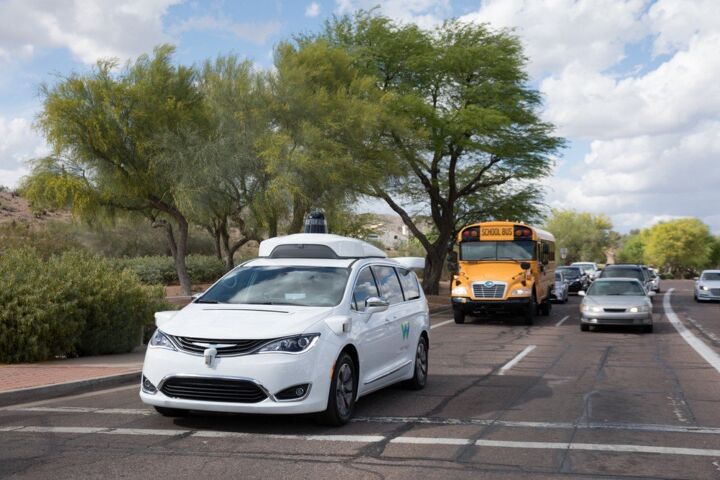

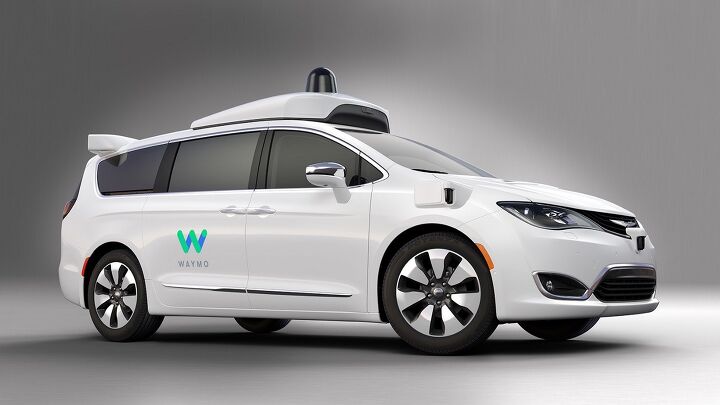

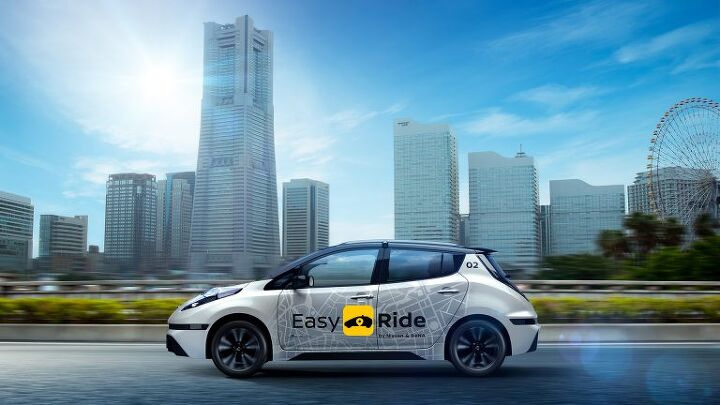
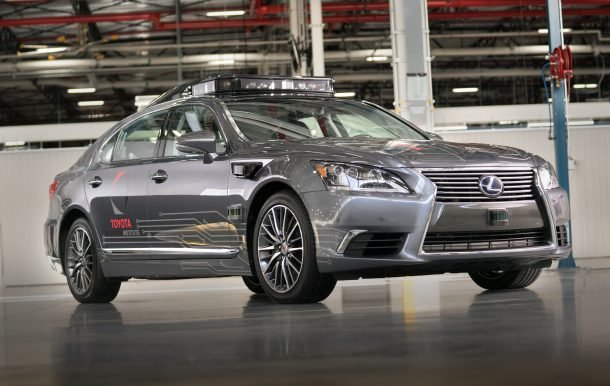



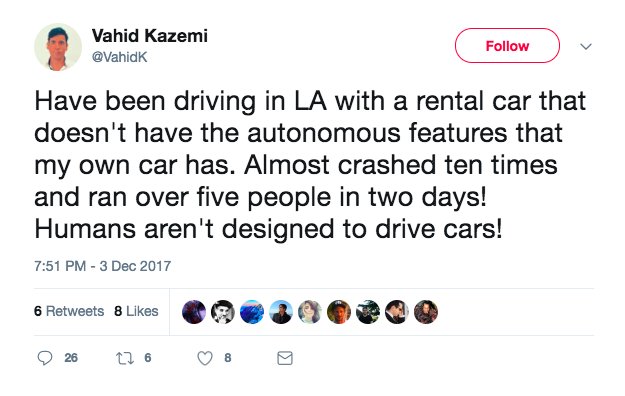













Recent Comments